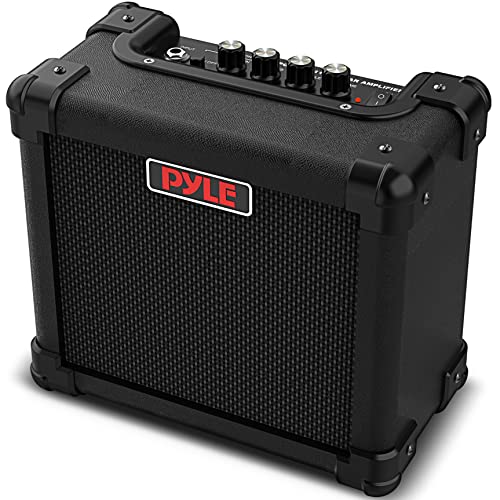Amp tech just rang me.
He said some tracks on the board had arc'd which took out some resistors (He mentioned high voltage tracks? are there HV tracks on the board) . He said it could have been something in there that bridged them (some loose solder or something)
I didn't go into anything more technical than that coz I wouldn't understand (or even know what to ask).
He had to take the board out to fix it. All tubes were fine, amp ready for pickup tomorrow ~ $200
What do you all think? Anyone want me to ask him anything while I'm there? Likelyhood it may happen again?
Thanks,
Darren
He said some tracks on the board had arc'd which took out some resistors (He mentioned high voltage tracks? are there HV tracks on the board) . He said it could have been something in there that bridged them (some loose solder or something)
I didn't go into anything more technical than that coz I wouldn't understand (or even know what to ask).
He had to take the board out to fix it. All tubes were fine, amp ready for pickup tomorrow ~ $200
What do you all think? Anyone want me to ask him anything while I'm there? Likelyhood it may happen again?
Thanks,
Darren





















